British values: Hugh Broughton Architects' redevelopment of the Henry Moore Foundation
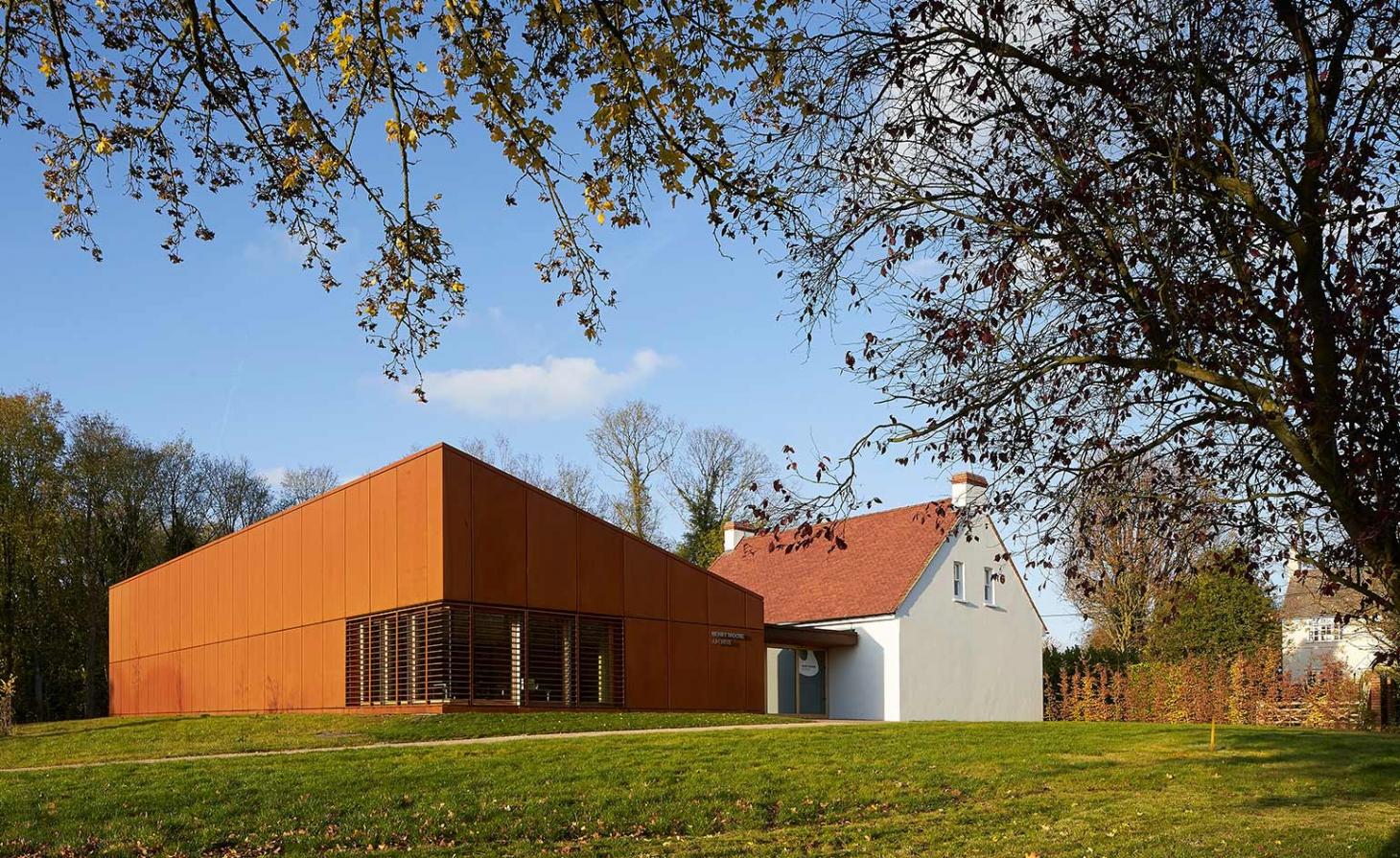
The Henry Moore Foundation – celebrating 40 years this year, with a series of special events – has unveiled its redeveloped estate, Dane Tree House, in Hertfordshire. The Foundation is housed in Moore’s former home and studios in Perry Green, a 70-acre site with landscaped gardens designed by Moore’s wife, Irina Moore.
The new buildings – including a new library, cafe, shop and archive facility – were executed by British firm, Hugh Broughton Architects. The design ‘maximises views of Moore’s sculptures, set in the gardens’, says Hugh Broughton, with generous glass giving onto the rural surroundings, a landscape in which Moore found considerable inspiration for his works, and where sculptures such such as Sheep Piece (1971-72) and Reclining Figure: Draped 1952-53) are now displayed.
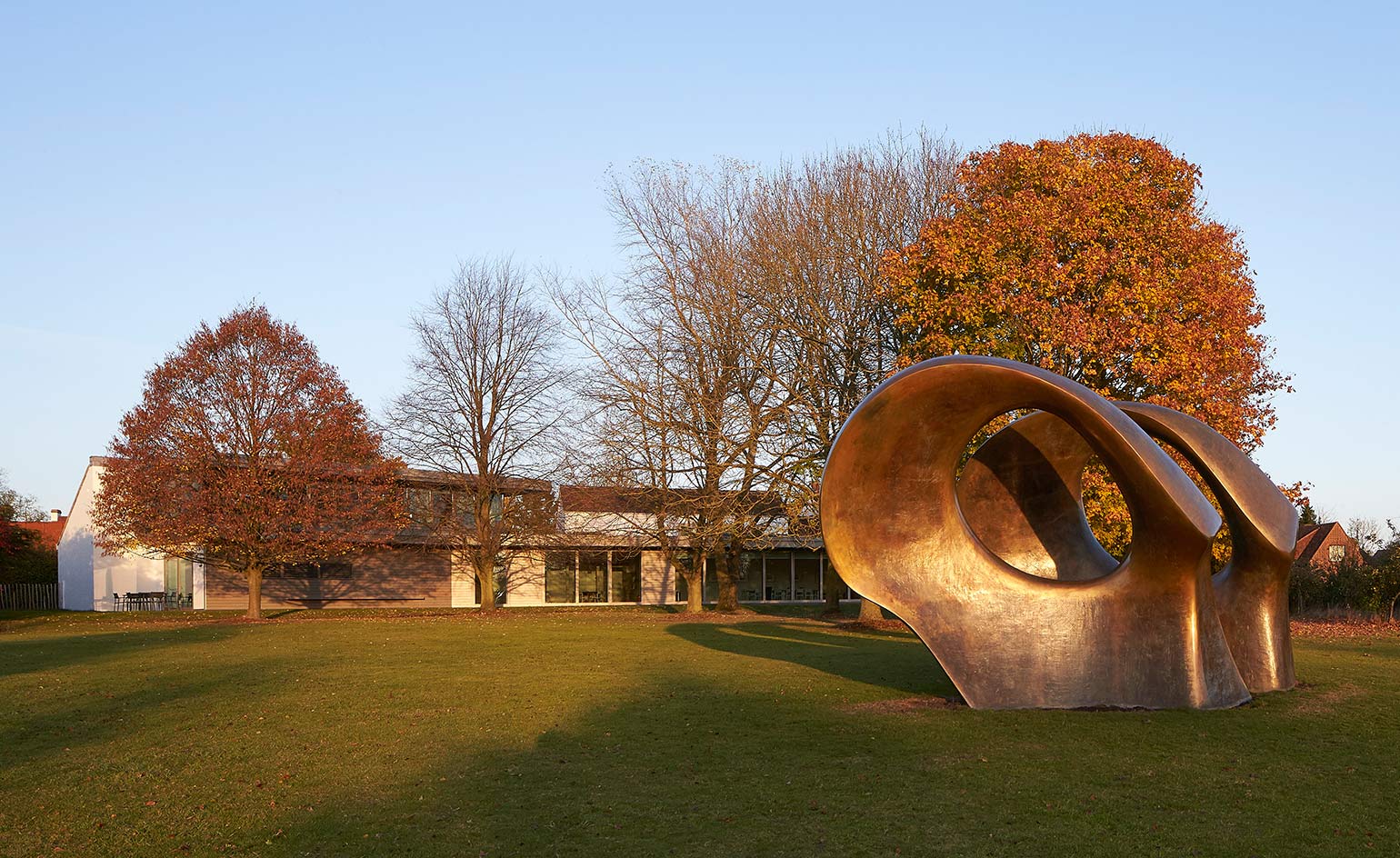
The buildings are designed to increase the views of the Henry Moore sculptures in the grounds and gardens designed by Moore’s wife, Irina Moore
The Foundation reopened for the Easter weekend with an exhibition, ‘Becoming Henry Moore’, that goes back to the beginning, reviewing the artist’s early work and inspiration, which he found not only in the undulating curves of the countryside, but in artists like Picasso, Hepworth, Michelangelo and Epstein – all on view until October, alongside rare works by Moore himself, such as a collection of drawings from the 1920s that clearly show his singular style emerging.
Having already completed renovations on the sculpture stores at the Foundation in 2011, Hugh Broughton’s latest developments will improve the scope of the Foundation. Other major improvements include an extension to the library, revamped with oxidised steel panels, that also address the optimum storage conditions needed to safely store the Foundation’s valuable books, documents, and photographs.
There’s an emphasis throughout the design too on sustainability; a shared ground source heat pump will cool and warm the two buildings, and the use of timber implies aesthetic harmony and neutrality, in the same way Moore’s sculptures serenely inhabit the outdoors. Working with demanding atmospheres and unusual environments is something London-based Hugh Broughton are particularly good at – the firm is behind the award-winning Halley VI British Antarctic Research Station and the Juan Carlos I Antarctic Research Station (which is currently in construction).
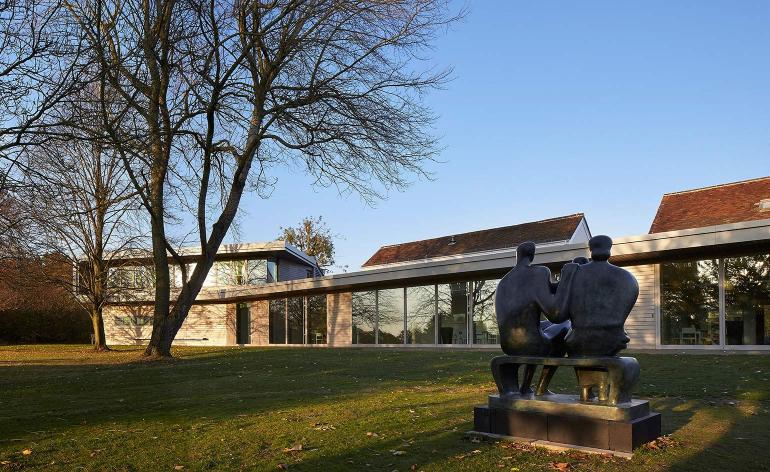
The Henry Moore Foundation celebrates 40 years this year
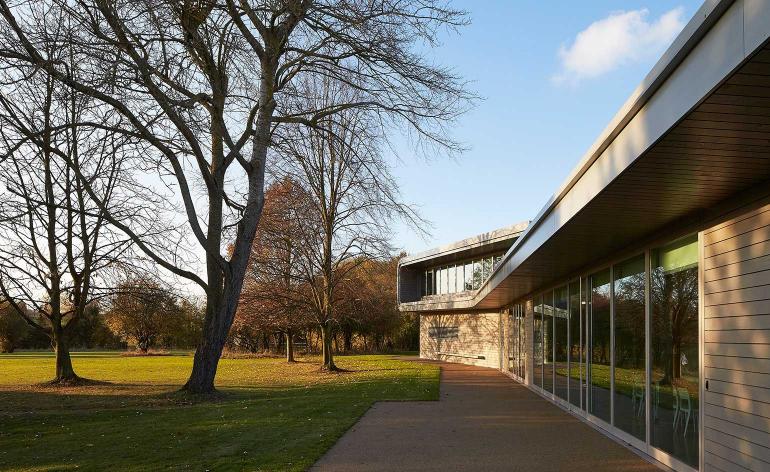
Hugh Broughton Architects completed renovations on the sculpture stores at the Henry Moore Foundation in 2011
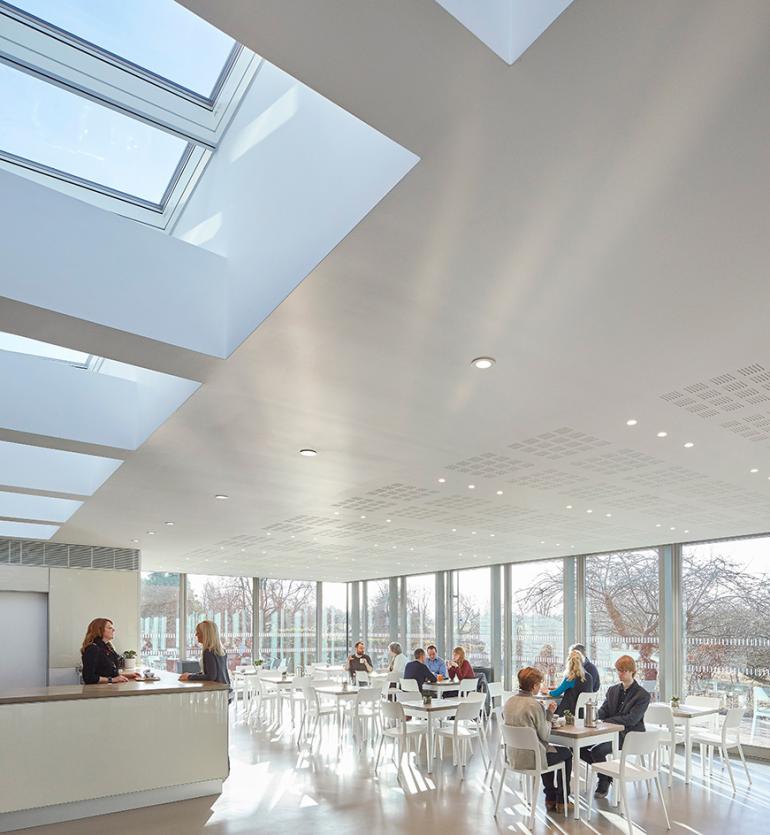
The new structures house a new library, cafe, shop and archive facility

The shop opens up to the cafe which overlooks the grounds of the Foundation

Oxidised steel panels clad the extended library and archive building
INFORMATION
For more information, visit the Hugh Broughton Architects website and the Henry Moore Foundation website
ADDRESS
Henry Moore Studios & Gardens
Dane Tree House
Perry Green
Herts SG10 6EE
Receive our daily digest of inspiration, escapism and design stories from around the world direct to your inbox.
Charlotte Jansen is a journalist and the author of two books on photography, Girl on Girl (2017) and Photography Now (2021). She is commissioning editor at Elephant magazine and has written on contemporary art and culture for The Guardian, the Financial Times, ELLE, the British Journal of Photography, Frieze and Artsy. Jansen is also presenter of Dior Talks podcast series, The Female Gaze.
-
 The new Tudor Ranger watches master perfectly executed simplicity
The new Tudor Ranger watches master perfectly executed simplicityThe Tudor Ranger watches look back to the 1960s for a clean and legible design
-
 This late-night hangout brings back 1970s glam to LA’s Sunset Boulevard
This late-night hangout brings back 1970s glam to LA’s Sunset BoulevardGalerie On Sunset is primed for strong drinks, shared plates, live music, and long nights
-
 How Memphis developed from an informal gathering of restless creatives into one of design's most influential movements
How Memphis developed from an informal gathering of restless creatives into one of design's most influential movementsEverything you want to know about Memphis Design, from its history to its leading figures to the pieces to know (and buy)
-
 Step inside this perfectly pitched stone cottage in the Scottish Highlands
Step inside this perfectly pitched stone cottage in the Scottish HighlandsA stone cottage transformed by award-winning Glasgow-based practice Loader Monteith reimagines an old dwelling near Inverness into a cosy contemporary home
-
 This curved brick home by Flawk blends quiet sophistication and playful details
This curved brick home by Flawk blends quiet sophistication and playful detailsDistilling developer Flawk’s belief that architecture can be joyful, precise and human, Runda brings a curving, sculptural form to a quiet corner of north London
-
 A compact Scottish home is a 'sunny place,' nestled into its thriving orchard setting
A compact Scottish home is a 'sunny place,' nestled into its thriving orchard settingGrianan (Gaelic for 'sunny place') is a single-storey Scottish home by Cameron Webster Architects set in rural Stirlingshire
-
 Porthmadog House mines the rich seam of Wales’ industrial past at the Dwyryd estuary
Porthmadog House mines the rich seam of Wales’ industrial past at the Dwyryd estuaryStröm Architects’ Porthmadog House, a slate and Corten steel seaside retreat in north Wales, reinterprets the area’s mining and ironworking heritage
-
 Arbour House is a north London home that lies low but punches high
Arbour House is a north London home that lies low but punches highArbour House by Andrei Saltykov is a low-lying Crouch End home with a striking roof structure that sets it apart
-
 A former agricultural building is transformed into a minimal rural home by Bindloss Dawes
A former agricultural building is transformed into a minimal rural home by Bindloss DawesZero-carbon design meets adaptive re-use in the Tractor Shed, a stripped-back house in a country village by Somerset architects Bindloss Dawes
-
 RIBA House of the Year 2025 is a ‘rare mixture of sensitivity and boldness’
RIBA House of the Year 2025 is a ‘rare mixture of sensitivity and boldness’Topping the list of seven shortlisted homes, Izat Arundell’s Hebridean self-build – named Caochan na Creige – is announced as the RIBA House of the Year 2025
-
 In addition to brutalist buildings, Alison Smithson designed some of the most creative Christmas cards we've seen
In addition to brutalist buildings, Alison Smithson designed some of the most creative Christmas cards we've seenThe architect’s collection of season’s greetings is on show at the Roca London Gallery, just in time for the holidays